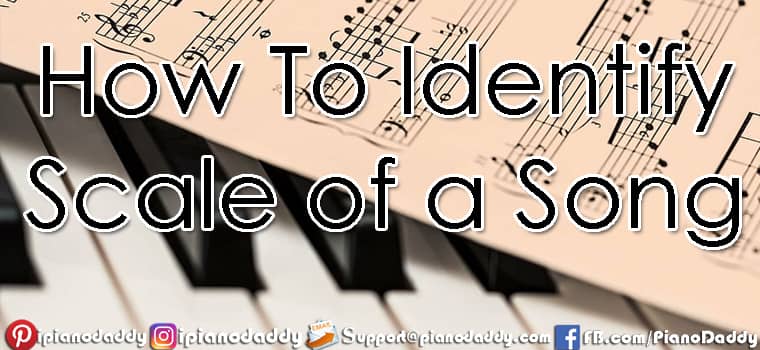How To Identify Scale of a Song
Instructions: Sign + = Higher Octave, - = Lower Octave, # = Sharp Notes, b = Flat Notes. See Piano Theory Click Here Key Name details with diagram.
How To Identify Scale of a Song
-
Listen carefully to the melody and chords of the song. Try to identify the notes that are being used.
-
Pay attention to the tonal center or the note that the song seems to revolve around. This is often the first note of the scale.
-
Listen for any accidentals (notes not in the scale) that may occur in the song. These can help you identify the scale by process of elimination.
-
If you play a musical instrument, such as a keyboard or guitar, you can use it to play along with the song. Experiment with different scales until you find one that matches the song’s melody and chords.
-
Look at the chords used in the song’s progression. The most common scales used in a song are often based on the chords.
-
For example, if a song uses the chords C major, F major, and G major, it is likely in the key of C major or a related mode.
-
If you have access to sheet music or chord charts for the song, look for the key signature. The key signature can give you a clue about which scale is being used.
-
Familiarize yourself with music theory, particularly scales and modes. Understanding the characteristics of different scales and modes can help you identify them in songs.
-
Pay attention to the intervals between notes in the melody. Different scales have distinct patterns of intervals.
-
There are online tools and apps that can help you identify the scale of a song by analyzing the notes and chords. These tools can be especially helpful if you’re having difficulty doing it by ear.
-
If you’re struggling to identify the scale on your own, consider seeking guidance from a music teacher or a more experienced musician. They can provide valuable insights and training.
-
Identifying scales in songs takes practice. The more you work on this skill, the better you’ll become at recognizing scales in different musical contexts.
These are demo notes for respective song. You can try it on your instrument. If it works for you and you are comfortable to play with our notes, you can simply get full notes by paying us. Just click the Buy Now button below and see our packages.

Hope you enjoyed our Piano Notes. Please share with your friends who wanna learn Piano Online.

